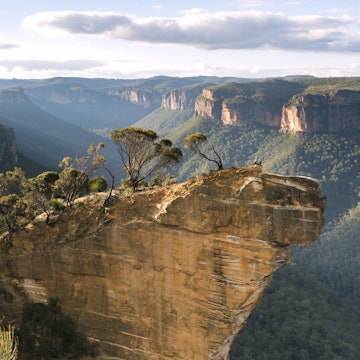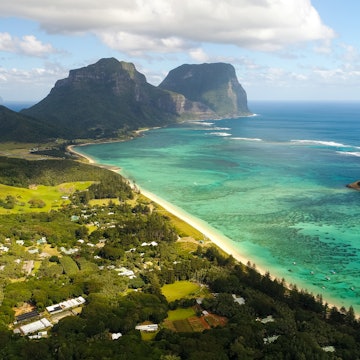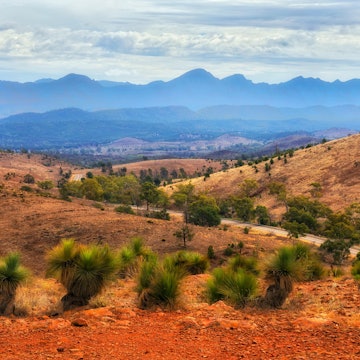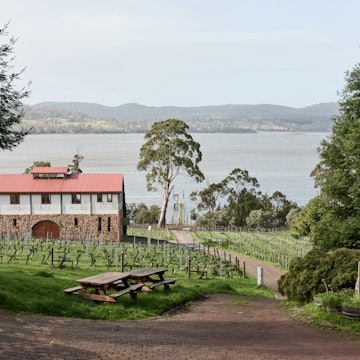

The South Pacific Ocean Coast in New South Wales, Australia. Maximiliane Wagner/Shutterstock
As an Australian living in New York in my early 20s, I found myself fielding a wide range of questions about my home country. Some were amusing, others were downright bewildering: “Do you ride kangaroos to school?” “Are there drop bears in the woods?” “Are Australian dollars really called dollarydoos?”
Australia can feel like an enigma, particularly for foreign travelers. It's a land filled with myths and misconceptions that could fill volumes, and the idea of Australia being a homogenous country is far from accurate. In reality, it's a diverse mix of cultures and ethnicities, with a rich Indigenous history spanning tens of thousands of years. Australian cities are multicultural hubs, and most Australians live in vibrant urban centers – a sharp contrast to the rugged Crocodile Dundee stereotype.
This abundance of misinformation can make it challenging to prepare for a trip Down Under. To help you separate fact from fiction, and ensure a smooth and enjoyable visit, here's a local’s guide to Australia and its people, including top tips on safety and etiquette.
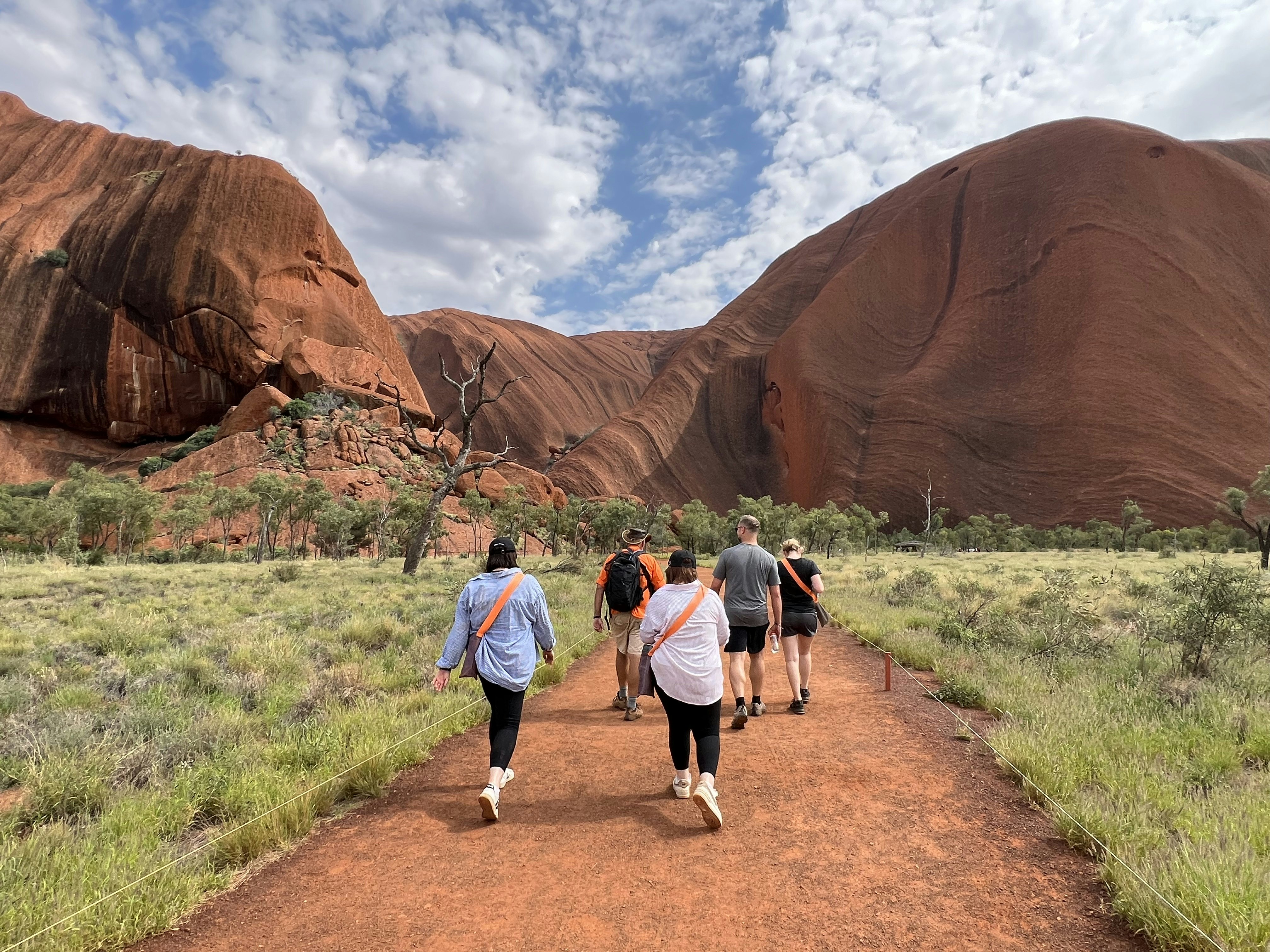
Planning for your trip to Australia
1. Time your visit to match the region
Australia is almost as big as the United States, with everything from lush rainforests to snowy alps. The weather varies significantly depending on where you are in the country and the time of year. The Northern Territory’s Top End remains hot year-round, with only two distinct seasons (the “wet” season and the “dry” season). In contrast, New South Wales experiences everything from blisteringly hot days during the summer to sub-zero temperatures during the winter. Even the Red Centre’s temperatures range from 3°C (37°F) to over 40°C (104°F) throughout the year.
Think regionally when considering when to visit and pack accordingly. To catch Uluru at its best, for example, opt for cooler months (between May to September) to avoid walking the base on a scorching day. In Tasmania, coastal heaths bloom from late October to early November, while food festivals are held from March to May. Winter is when Tasmania and the mountainous regions of New South Wales and Victoria experience snowfall. Meanwhile, visitors might find themselves cooling off in ocean waters along the East Coast year-round.
2. Save up for your dream Australian holiday
Australia isn't known for being budget-friendly, particularly in cities such as Melbourne and Sydney. Iconic experiences like four-wheel driving across K’gari (formerly Fraser Island) or snorkeling on the Great Barrier Reef can be expensive, with tours and experiences costing hundreds of dollars per person.
However, smart planning and a clear budget can help you make the most of your money. Many of Australia's top outdoor attractions are free, from scenic drives along the Great Ocean Road to swimming at Bondi Beach.

3. Go outside the city to see a kangaroo
Kangaroos aren't a common sight on bustling city streets – but you don’t necessarily have to “go bush” to see them. Instead, you'll find them in suburban areas including on golf courses, where they love to congregate on the links.
However, most kangaroo encounters usually happen during hikes or on road trips through regional landscapes, especially at dusk and dusk when they’re most active. Farm stays are also a great option if you want to see more of Australia’s wildlife. (And before you ask: Yes, you can eat kangaroo. It’s delicious.)
Etiquette in Australia
1. Get ready to talk to strangers on the train
Aussies are incredibly friendly and enjoy a good chat. You might find someone starting a conversation with you on a train or even stopping you on the street for a quick “chinwag.”
Australians are also known for their courtesy and manners. They'll hold doors open, and if you're in their way, they'll step aside. As a visitor, it's important to be mindful of your surroundings and return the favor by holding a door or an elevator – it's a small gesture, but it means a lot.
2. Australians speak an entirely different kind of English
Australians are renowned for their own unique take on the English language and you’re going to encounter a lot of slang from locals. Regional variations also exist, so if you meet someone from outback Queensland, they’re going to sound a little different to someone from Brisbane.
“Arvo” (good afternoon) is not to be confused with “avo” (avocado). You buy booze from the “bottle-o” and get “petty” (petrol or gas) from the “servo” (service station). Many words are abbreviated, with an “o” or “ie” added to the end. Endearing terms like “mate” are also common, but phrases you likely won’t hear (from anyone under the age of 60, at least) are “crikey” or “fair dinkum.”
One thing you will hear? Colorful language. Don’t be surprised or take offense if you catch an Australian dropping a swear word during a chat. It’s normal.
3. Walking around barefoot is normal
Be prepared to see many Aussies strolling around barefoot, even in cities and public places, such as grocery stores, cafes and hardware stores.
Why? It all comes down to beach culture, which has a way of spilling over into everyday life, whether there’s sand and salt water present or not.
4. Tipping is not expected in Australia
Australia's minimum wage is higher than in many countries. As of August 2025, the national minimum wage is $24.95 (US$16) per hour. As a result, tipping isn’t customary in Australia (although that's beginning to change in larger urban centers like Melbourne), as all service charges are already factored into the cost of your meal. However, if you genuinely wish to show appreciation for outstanding service, tipping is at your discretion.
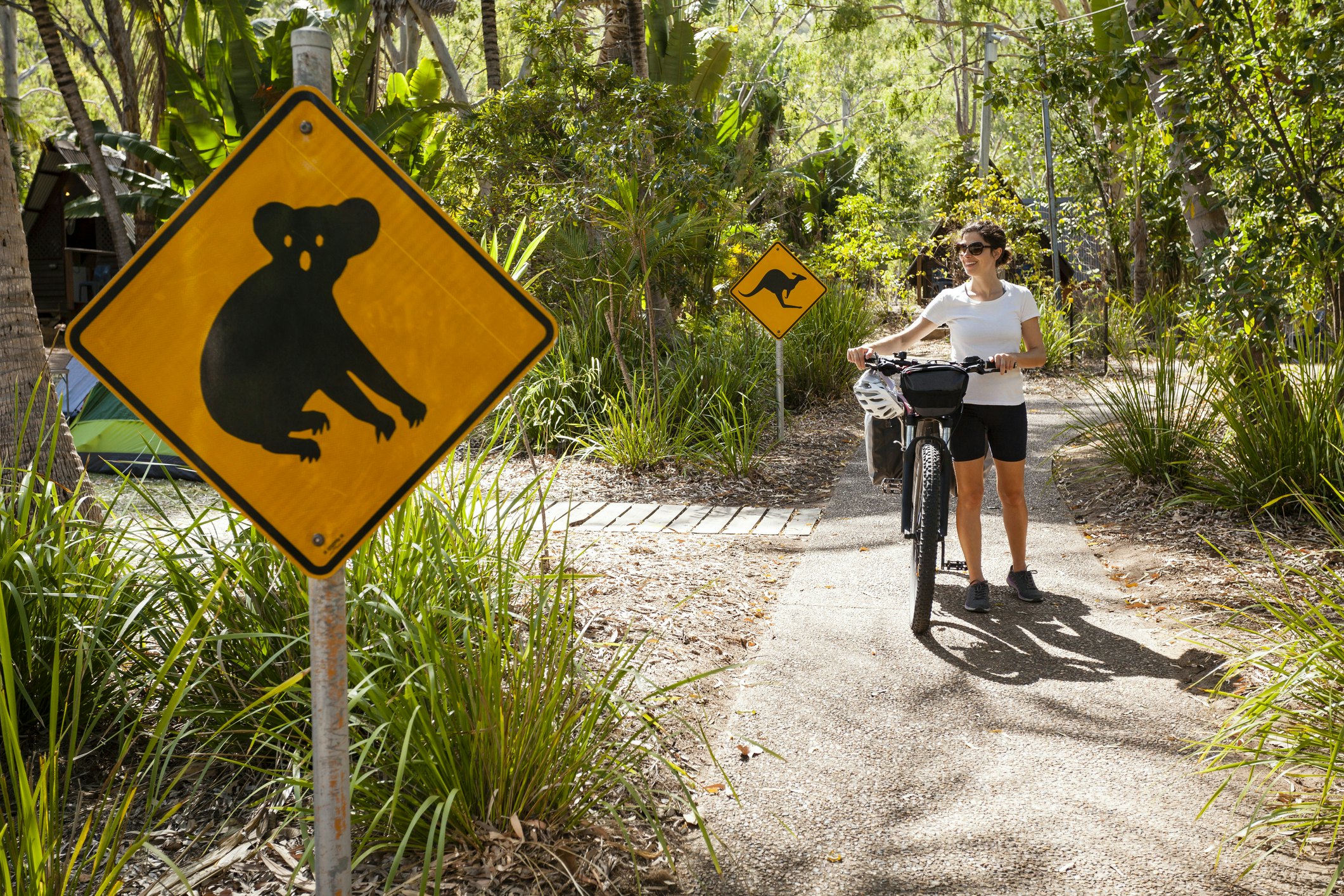
How to stay safe in Australia
1. Keep a sense of perspective about crocs, snakes and spiders
Despite the famous belief that all wildlife Down Under is out to get you, a 2017 study conducted by Melbourne University researchers found that horses have caused more deaths in Australia than all the venomous creatures – including snakes and spiders – combined.
The reality is that crocodiles aren't wandering the streets (they’re only found along coastlines and waterholes in the northern parts of Western Australia, the Northern Territory and Queensland) and you’re more likely to encounter possums and harmless insects in buildings. Just be cautious of swooping magpies if you're in parks between August and October. This is when they’re breeding and are protecting their eggs or newly hatched chicks.

2. Cover up to go snorkeling on the Great Barrier Reef
Are you excited about that cute holiday snap snorkeling on the Great Barrier Reef? Don’t spend too much time selecting a bathing suit for photo ops as nobody will see it.
That’s because from May to November, it's stinger (jellyfish) season in tropical north Queensland. You'll need to don a rather stylish stinger suit supplied by your tour boat operator, complete with a hood and mitten-like hand covers. It might look a bit peculiar, but it's your best defense against the venomous and often hard-to-spot irukandji and box jellyfish that lurk in the water. It's much better than the alternative – getting stung.
3. Walk on the left
On sidewalks, trails and stairs, sticking to the left helps maintain a smooth flow of foot traffic and prevents any awkward dance moves with strangers trying to pass. Some train stations have arrows to direct the flow.
This practice also aligns with Australia's left-hand driving tradition. According to the UK’s National Motor Museum, driving on the left may have emerged as a safety measure, particularly when the main road hazard was highway robbery. Travelers would pass oncoming strangers on their right side, keeping their sword arm toward the passer-by. (Don't worry, you won't be jousted in Australia.)

4. Prepare for the unforgiving Outback
Don't underestimate the harshness of the Australian Outback. Although it covers roughly 70% of the Australian continent, only around 5% of the population lives there. For those unprepared for its remote conditions, it can also present danger. A broken-down car, for example, could lead to heat exhaustion, dehydration or worse.
So, if you're planning an independent outback road trip – to the Nullarbor Plain or Flinders Ranges, for example – do your research and prepare for anything and everything. Stock up on water, go slow (especially on gravel roads), and let someone know your plans because the phone signal is spotty at best. For added safety, consider a personal locator beacon to instantly alert emergency services in case of trouble. If that sounds daunting, countless tour operators are pros at taking tourists – safely – through these iconic landscapes.
5. Beware of dangerous currents when swimming in the ocean
The primary danger for swimmers at Australian beaches isn't the wildlife; it's the perilous underwater currents known as “rips.” Rip currents have the potential to pull swimmers out to sea and are typically found in areas with underwater sand banks that obstruct the free flow of water back to the shore.
Not every beach is patrolled by lifeguards, so it's best not to risk it if you're not a confident swimmer. Just dip your ankles in for the same feeling.
What to know about eating in Australia
1. Restaurant kitchens close between 3pm and 5pm
Australia's urban and rural areas have their own life rhythm. In cities, restaurants tend to wrap up service by 11pm, but it's as early as 8pm in rural areas. Nightclubs and bars close around 2am.
What catches many travelers off-guard is that there's also a mid-afternoon dead zone between 3pm and 5pm, when the majority of cafes and restaurants are closed. Even the kitchens in pubs may not do food service at this time. If you’re after something to eat between these hours, fast food is your friend.
2. Meat pie, Vegemite and chicken salt are must-try foods
Australia lacks a single defining cuisine, but few things are as quintessentially Aussie as tucking into a steaming meat pie, traditionally served in a paper bag with a generous squeeze of tomato sauce (ketchup). It's a deliciously messy experience and an integral part of Australian food culture.
Vegemite is also a must-have experience. Spread a thin layer – thin being very important – on toast for a salty kick. Speaking of salt, chicken salt on hot chips (fries) is a near-obligatory and delightful initiation for newcomers. This seasoning has been a popular add-on to fries since it was launched in Australia in 1979. (By the way, it’s usually vegan. There's often no actual chicken in it; just a lot of MSG.)
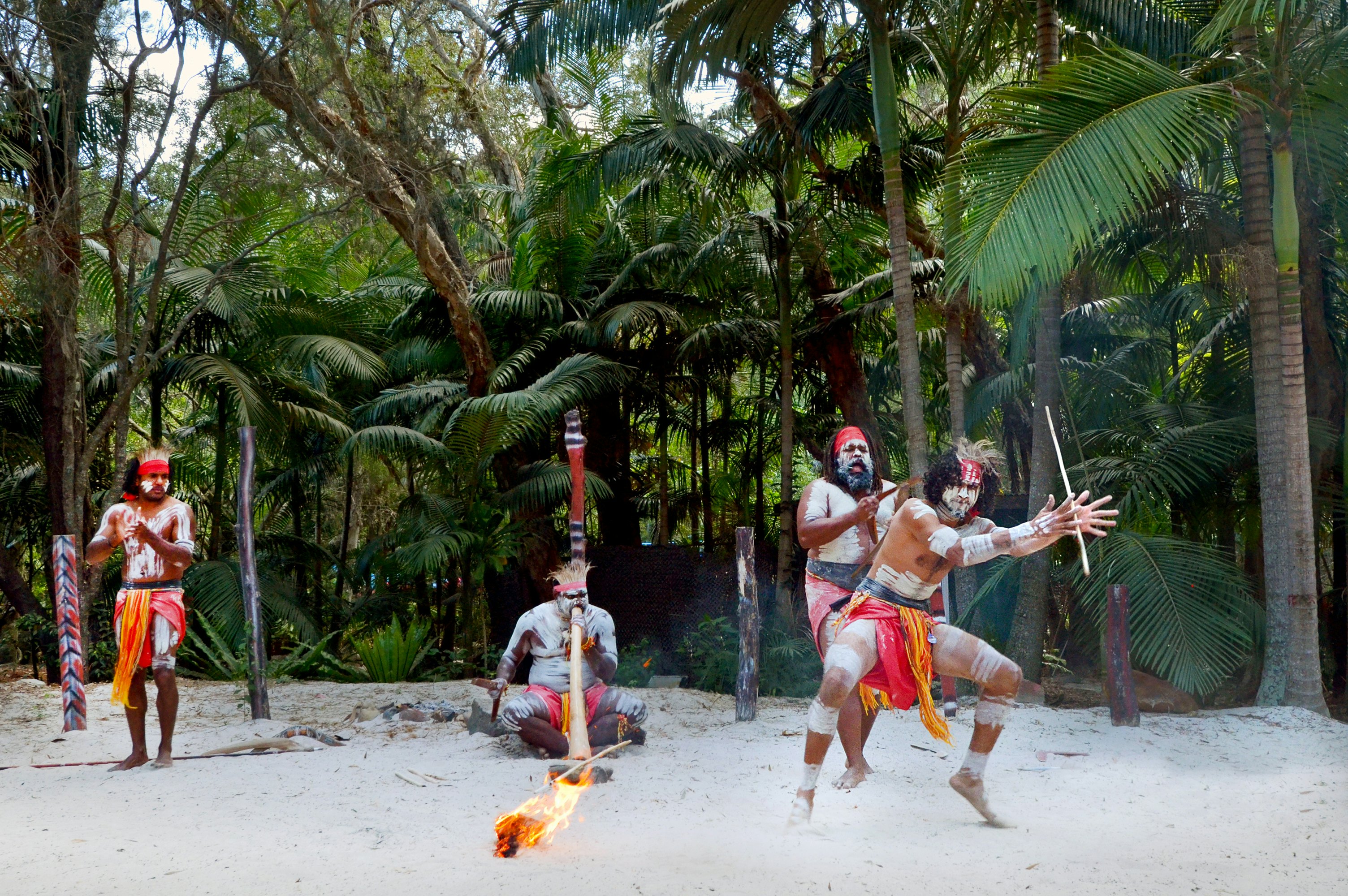
Things to know about culture and nature in Australia
1. Australia is home to the oldest continuous living culture in the world
Australia's Indigenous population includes both Aboriginal and Torres Strait Islanders. This population is not a single group, but rather a rich tapestry of hundreds of distinct groups or “nations,” each with their own languages, histories and cultural traditions. That means not every group plays the didgeridoo or uses a boomerang.
During your visit, you’ll have the opportunity to learn more about the traditional landowners, with Aboriginal museums and art galleries dotted across the country. Indigenous-led tours – including those that are part of the Discover Aboriginal Experiences collection – are a great way to learn more.
2. The Great Barrier Reef is vulnerable – but it’s not “dead”
The Great Barrier Reef – arguably Australia’s most iconic attraction – made headlines in 2016, when reports claimed it was “dead” following coral bleaching events.
There’s no question that climate change has had an adverse effect on the Great Barrier Reef. In addition to increasing water temperatures, the vulnerable ecosystem has also been impacted by pollution from land run-off and the increasing severity and frequency of cyclones.
However, the Great Barrier Reef is more resilient than you think. It’s also far from lifeless. If you dive into the water, you may see evidence of bleaching events, but you’re just as likely to see colorful corals teeming with life. Increasingly, visitors can also get involved in reef restoration, including by participating in citizen science surveys such as Eye on the Reef.









